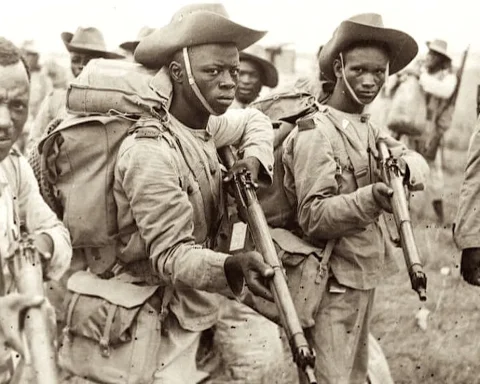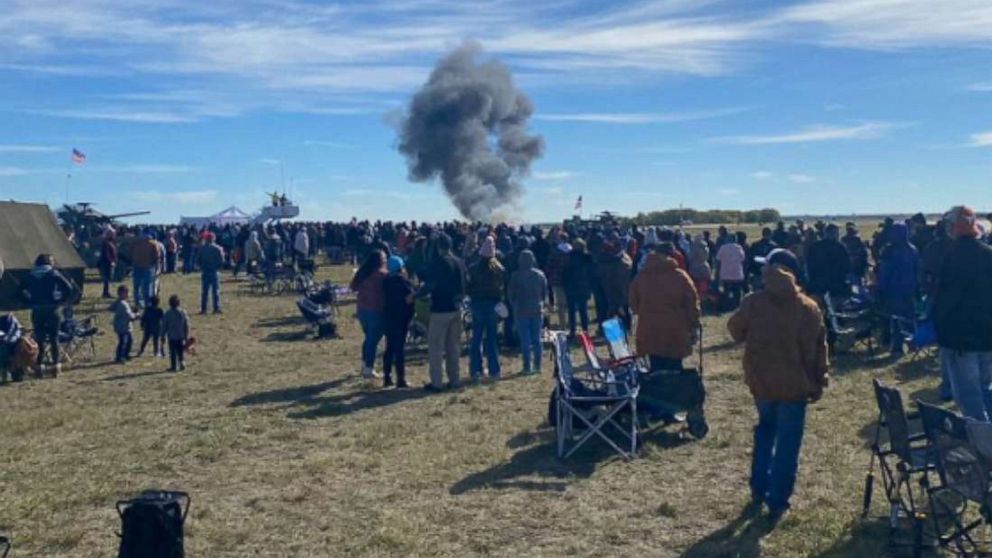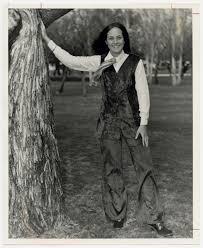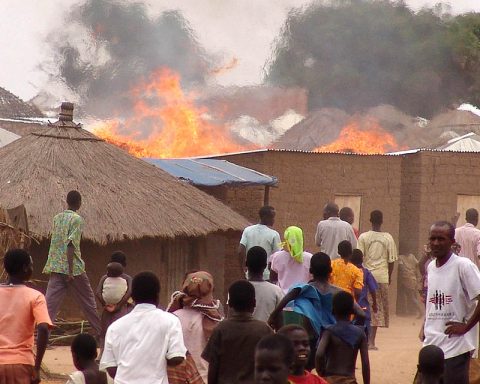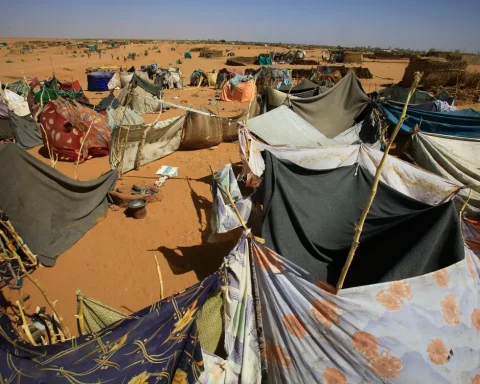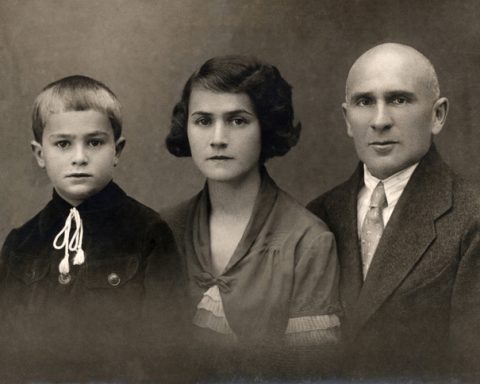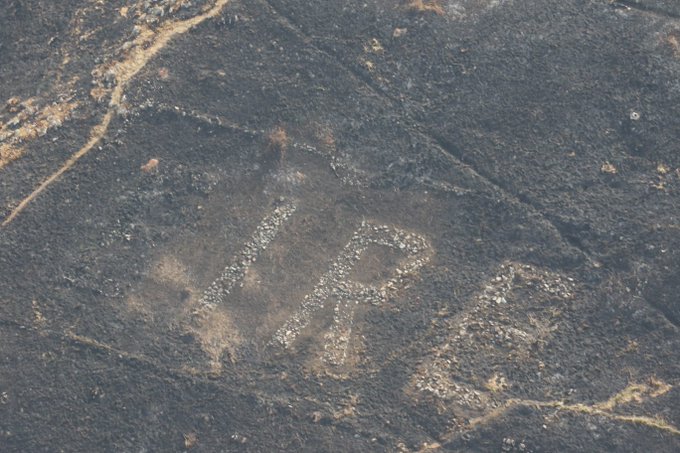
A historical site previously covered in thick undergrowth has been revealed after a wildfire ravaged the eastern coast of Ireland. This site serves as a World War II landmark.
After this fire that burnt along the eastern coast was put out, a Garda Air support unit flew along the area to determine the damage the fire had caused when they noticed that EIRE, the Irish name for the word Ireland, was spelt out on the coastline.
There are more than 80 EIRE signs across the country, so this isn’t the first of its kind. However, the significance of the sign is what has garnered attention. During World War II, volunteers carved these signs on the ground to warn the American and German bombers when they were flying over Ireland, as it was a neutral country at the time.
To make these signs more visible, they put about 150 tonnes of whitewashed stone set in concrete to make sure these carvings can be seen from a distance.
A spokesperson from the Garda Air Support told Irish broadcaster RTE that while the signs were quite common on the west coast, they were unusual on the east.
During the war, while Ireland remained a neutral country, no restrictions were placed on allied forces to ban them from flying over the country, but the signs served as a navigation tool, according to BBC reports.The wildfire ravaged the County Wicklow area and forced people to evacuate from their homes. It also damaged overhead railways, and over 40,000 gallons of seawater were used in managing the fire, but this Historical Discovery can be counted as the silver lining.

